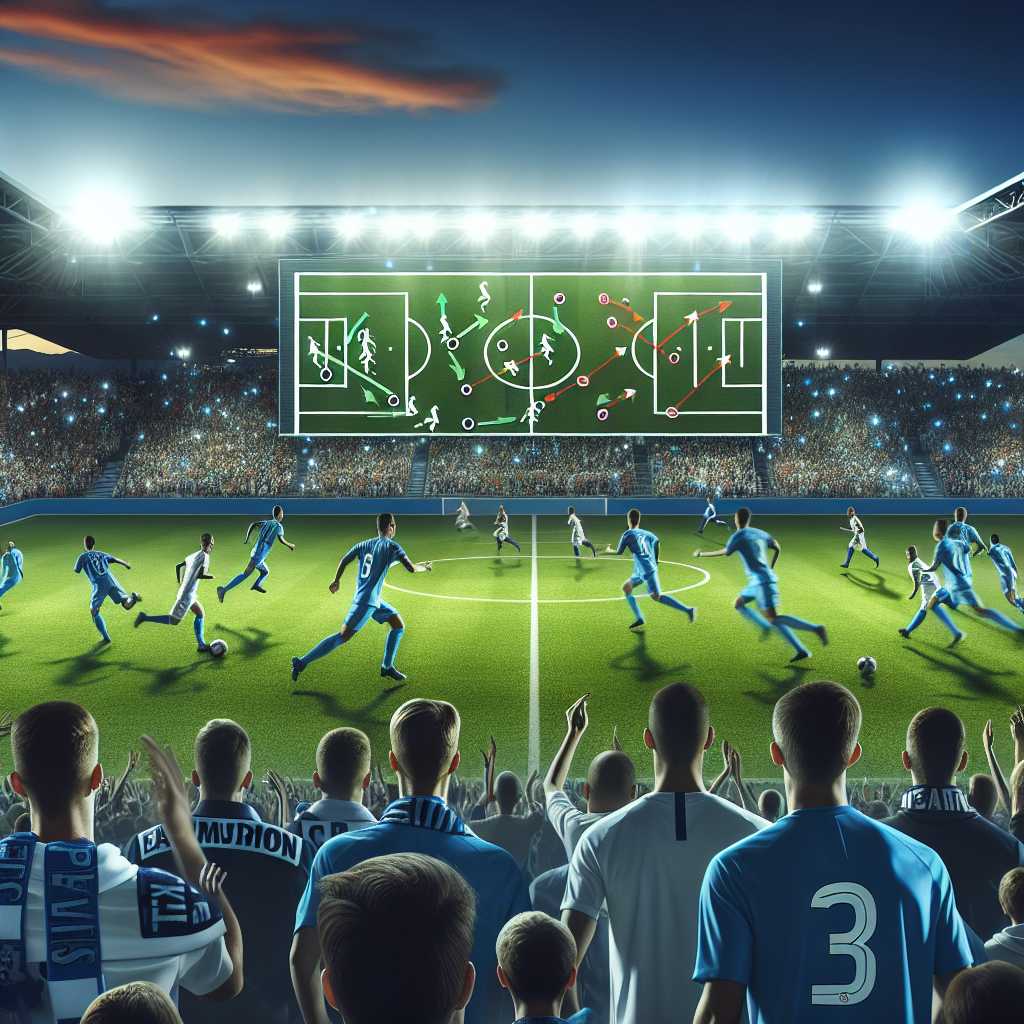Example Article
Contrasting Urban Identities Shaping Mexico’s Landscape
Tijuana and Guadalajara stand as two of Mexico’s most vibrant cities, each embodying distinct characteristics that reflect their unique historical and cultural trajectories. Tijuana, located at the northwestern border adjacent to the United States, has long been a gateway city, shaped by cross-border dynamics and a melting pot of cultures. Its identity is deeply influenced by proximity to California, resulting in a bustling urban environment marked by rapid commercial growth, maquiladora industries, and a vibrant nightlife.
In contrast, Guadalajara, situated in the western state of Jalisco, represents the heart of traditional Mexican culture blended with modern innovation. Often dubbed the ‘Silicon Valley of Mexico,’ Guadalajara balances its rich heritage—visible in mariachi music, tequila production, and colonial architecture—with burgeoning technology sectors and educational institutions. This juxtaposition creates a city that honours its past while embracing future-forward industries.
Both cities illustrate Mexico’s diversity in urban development but through different lenses: Tijuana as a border city thriving on transnational exchange and Guadalajara as a cultural and technological hub driving national innovation. Understanding these contrasting urban identities offers insight into how regional forces shape economic opportunities, social fabric, and cultural expression across Mexico.
Economic Synergies: From Manufacturing to Technology
Economically, Tijuana and Guadalajara play complementary roles within Mexico’s broader industrial ecosystem. Tijuana’s economy is heavily anchored in manufacturing, particularly within the maquiladora sector. These factories assemble electronics, automotive parts, medical devices, and consumer goods primarily for export to the United States. The city’s strategic location facilitates just-in-time supply chains that are crucial for North American trade.
Guadalajara’s economy diverges towards high-tech industries and innovation-driven enterprises. The city hosts a growing number of software development firms, startups, research centres, and multinational corporations investing in information technology. This positioning has earned it recognition as an emerging tech cluster in Latin America.
Despite their differences, there is an increasing economic interplay between Tijuana’s manufacturing expertise and Guadalajara’s technological innovation. Collaborative opportunities exist in developing smart manufacturing processes and integrating digital solutions into production lines. This synergy could propel both cities to greater competitiveness on global stages, showcasing how diverse regional strengths can be harnessed for mutual benefit.
Cultural Vibrancy and Social Dynamics
Culturally, Tijuana is renowned for its eclectic arts scene influenced by its border culture. It has become a hotspot for contemporary artists, musicians, and chefs who blend Mexican traditions with international trends. The city’s streets tell stories of migration, resilience, and hybridity through murals, festivals like Baja Prog music festival, and culinary innovations such as Baja Med cuisine.
Guadalajara remains a bastion of classical Mexican culture while simultaneously nurturing avant-garde artistic expressions. It is home to internationally recognised mariachi performances and folkloric dance festivals that celebrate indigenous roots. Meanwhile, its museums and galleries push contemporary art boundaries.
Socially, both cities face challenges including urban sprawl, inequality, and security concerns; however, community initiatives in education, public spaces revitalisation, and cultural programming work actively to improve quality of life. These efforts highlight the resilience of their populations in cultivating vibrant urban environments despite adversity.
Infrastructure Development: Connecting People and Opportunities
Infrastructure plays a critical role in linking Tijuana and Guadalajara not only internally but also across regions. Tijuana benefits from extensive transport connections including proximity to San Diego’s international airport and major highways facilitating cross-border commerce.
Guadalajara boasts a well-developed public transit network with metro lines serving millions daily alongside expanding road infrastructure that supports its growing population. Investments in airports have increased international connectivity crucial for business travel.
Future infrastructure projects aim to enhance intercity connectivity within Mexico itself—such as high-speed rail proposals linking major urban centres including Guadalajara—which could indirectly impact Tijuana by fostering greater regional integration. Improved infrastructure underpins sustainable urban growth by easing mobility challenges and enabling economic diversification.
Conclusion: Complementary Forces Driving Mexico’s Urban Future
Tijuana and Guadalajara exemplify how diverse urban models coexist within one nation to create a multifaceted economic and cultural landscape. While their geographic locations set them apart—with Tijuana as a border city intertwined with US relations and Guadalajara as an inland cultural-technological hub—their evolving relationship reveals potential for collaboration that leverages each city’s strengths.
Understanding these cities’ contrasts in identity, economy, culture, social dynamics, and infrastructure offers valuable lessons on Mexico’s broader urban development trajectory amid globalisation pressures.
Ultimately, Tijuana and Guadalajara together embody resilience through adaptation—whether responding to cross-border flows or fostering innovation ecosystems—making them key players shaping Mexico’s future on multiple fronts.
Notes
- Tijuana is home to one of the world’s largest clusters of medical device manufacturing.
- Guadalajara ranks among Latin America’s top technology hubs with over 300 IT companies.
- Baja Med cuisine originated in Tijuana blending Mediterranean ingredients with local Mexican flavours.
- Guadalajara hosts the largest mariachi festival worldwide every September.
- Cross-border trade through Tijuana-San Diego exceeds $100 billion annually.


























